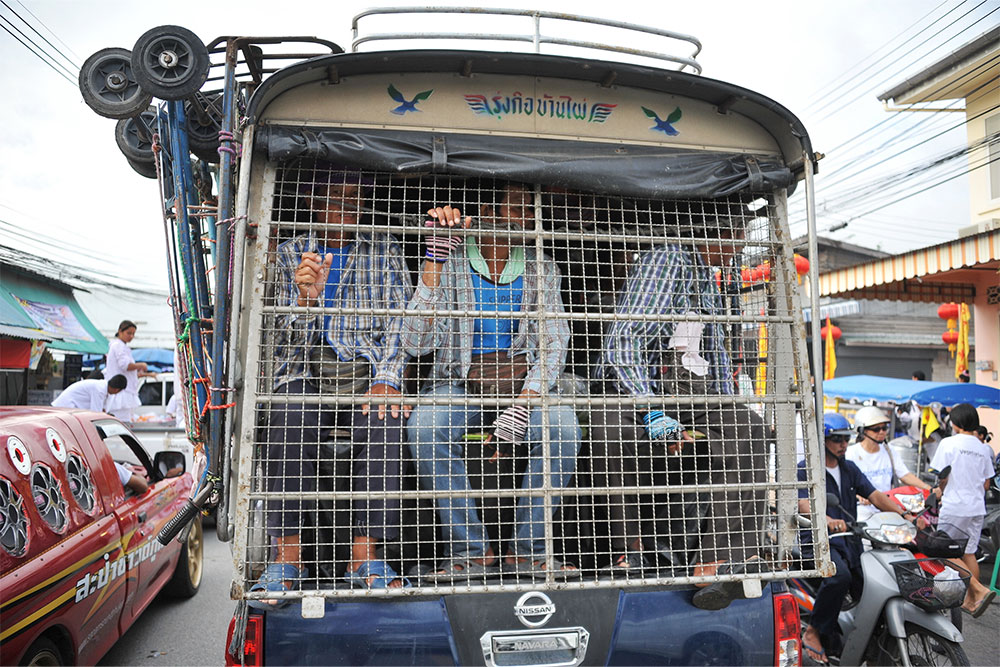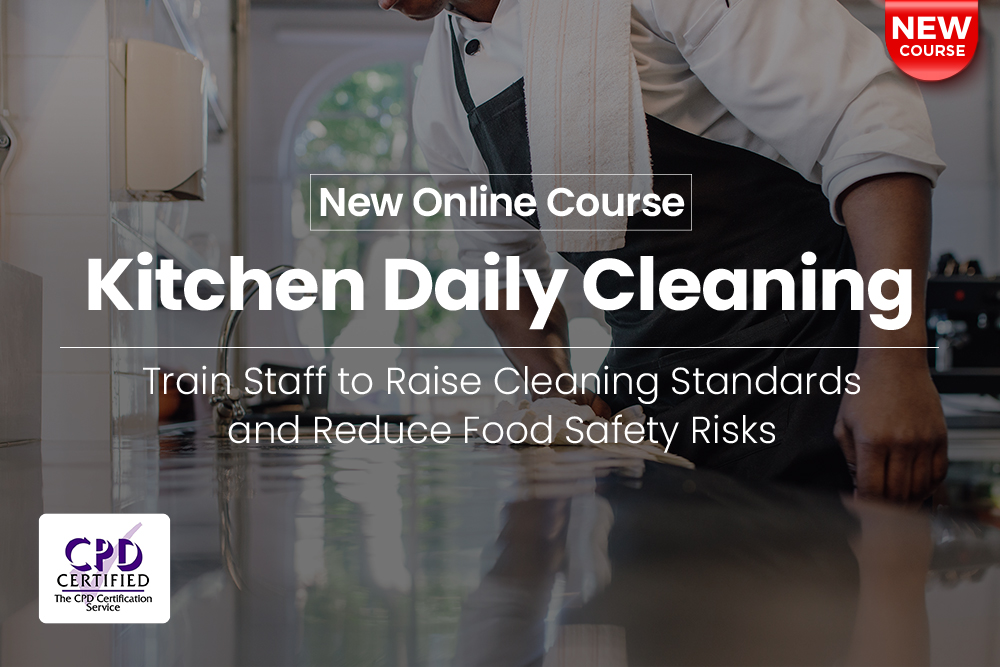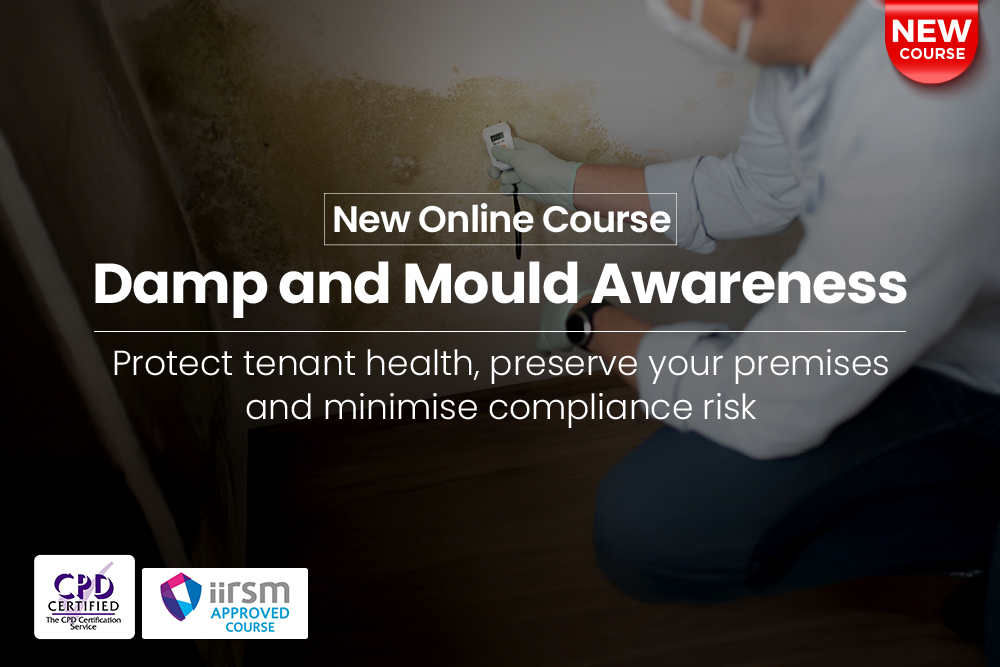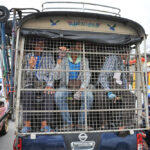
Unfortunately, too many people think LOLER is just a song by an old 60s rock band. So, what does LOLER stand for anyway? What is LOLER and what’s the point of it?
Even if you’re built like a bodybuilder, some objects are too much for one person to lift. Or even two. In these cases, you’ll need to make use of lifting equipment. That means you’ll have to abide by the LOLER regulations.
The LOLER regulations apply anytime you use lifting equipment like a forklift, a hoist, a crane or an old-fashioned pulley system. In other words, a lot of the time, in many different workplaces.
We’ve compiled this quick guide to ensure you know what LOLER is and isn’t. Keep reading to discover why LOLER is so vital for your business.
What Does LOLER Stand For?
The first thing to do when thinking about LOLER is to put all thoughts of The Kinks aside. Ray Davies wrote a good tune, but his Lola has nothing to do with the LOLER we’ll discuss.
Let’s start with the basics. What does LOLER stand for? LOLER is the acronym for the Lifting Operations and Lifting Equipment Regulations 1988.
What Is LOLER?
The LOLER 1998 regulations come under the Health and Safety at Work Act 1974, the big cheese regarding UK health and safety law. The LOLER regulations are overseen and enforced by the Health and Safety Executive (HSE), the UK’s primary regulating authority for workplace health and safety matters.
LOLER contains a set of guidelines that apply to any person or company that owns, operates or has control over lifting equipment in a workplace setting.
What Is the Purpose Of LOLER?
People have been using machinery and equipment to move heavy things about for centuries. The ancient Greeks employed cranes as far back as the sixth century BC. But that doesn’t mean we’ve devised a completely safe way of using lifting equipment.
The fact is that using lifting equipment to move large and heavy objects is always hazardous.
If lifting equipment isn’t being used the right way, there is a real risk that someone could be seriously injured or even killed.
The LOLER regulations aim to ensure that lifting equipment is used safely and effectively.
Ultimately, the purpose of LOLER is to help people avoid workplace accidents and stay safe even when their work is hazardous.
What Is Covered by LOLER?
In the words of the HSE:
“If your business or organisation undertakes lifting operations or is involved in providing lifting equipment for others to use, you must manage and control the risks to avoid any injury or damage”.
Equipment covered by LOLER includes any lifting equipment used for work purposes. A lift or escalator used to move customers in a shopping centre, for instance, isn’t covered by LOLER. The forklift used to stock shelves, however, does come under LOLER.
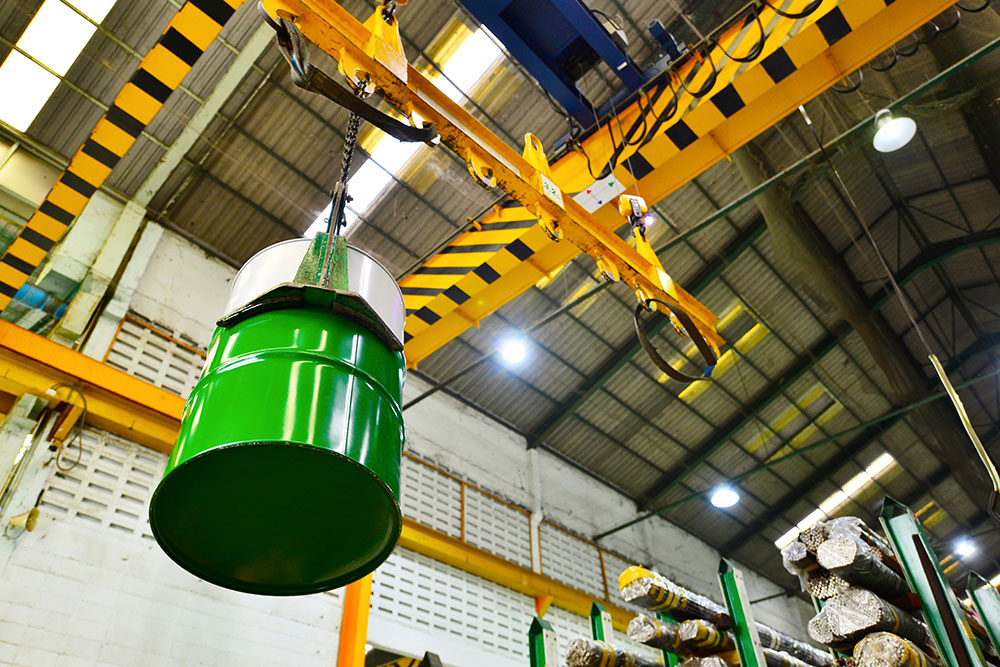
Standard lifting equipment that falls under the LOLER regulations include:
- Pulleys
- Eyebolts
- Cranes
- Forklifts
- Lifts
- Ropes
- Shackles
- Slings
- Hoists
- Mobile elevating work platforms (MEWPS)
- Hooks
- Vehicle inspection platform hoists
What Are the Principles of LOLER?
LOLER is supported by the Safe Use of Lifting Equipment: Approved Code of Practice (ACOP) and advice issued by the HSE.
LOLER stipulates that:
- All lifting equipment must be fit for purpose and kept in good condition
- Lifting equipment has to be strong enough to hold the weight
- Lifting equipment must be positioned so that it is stable
- Special information, such as maximum safe loads, must be visibly marked
- Lifting equipment must be regularly checked, inspected, and maintained
- All lifting equipment must be stored according to the manufacturer’s guidelines
- Anyone who uses or has control over lifting equipment must receive relevant training
- All lifts must be planned in detail and closely supervised
- Sites where lifting equipment is to be used must be inspected before any work takes place
The 3 Main Aims of the LOLER 1998 Regulations:
- Planning: A ‘competent person’ must plan all lifting operations in detail. The plan needs to outline what equipment will be used, why it is appropriate and how it will be used.
- Usage: LOLER states that only a competent person should plan, supervise and use lifting equipment.
- Examination: All lifting equipment must be examined precisely to ensure it complies with the Health and Safety at Work Act 1974. Under LOLER, this is known as a ‘thorough examination’.
What Is a ‘Competent Person’?
Not just anyone can be a competent person; there are a few requirements that you must meet.
As per HSE rules, a competent person must be someone who has received appropriate lifting equipment training and also has practical knowledge and experience about the use of lifting equipment.
A competent person should be able to create a plan for safely using lifting equipment. The competent person also needs to be able to inspect lifting equipment thoroughly and be able to spot any defects or weaknesses.
The HSE states that a competent person must be impartial, independent and able to make objective decisions. The competent person can’t be the same person doing routine maintenance work on the lifting equipment. In that case, they’d be inspecting their own work, which is just asking for trouble.
What Is a ‘Thorough Examination’?
LOLER requires the competent person to perform a ‘thorough examination’ of the lifting equipment. This involves more than just quickly casting your eye over a piece of equipment and thinking, ‘That looks alright’.
A ‘thorough examination’ under LOLER has to be a careful, systematic inspection of a piece of lifting equipment. The examination needs to be carried out by a competent person at regular intervals. Once a year is recommended for equipment used to lift objects and once every six months for equipment used for lifting people.
Any faults, defects or damaged areas must be noted and assessed for safety risks. Duty holders must be verbally notified of any safety risks, which must be included in a written report. The report must be submitted to the duty holder and the relevant enforcing authority.
A more detailed examination should be performed if the lifting equipment is used in extreme temperatures, in a corrosive environment, or heavily used. A more rigorous examination must also be done if a failure of the lifting equipment could lead to multiple casualties or fatalities.
A thorough examination also needs to be completed if the lifting equipment:
- Is in use for the first time
- Hasn’t been used for a long time
- If there have been any changes in the conditions of its use
- Parts have been replaced
- If an accident has occurred
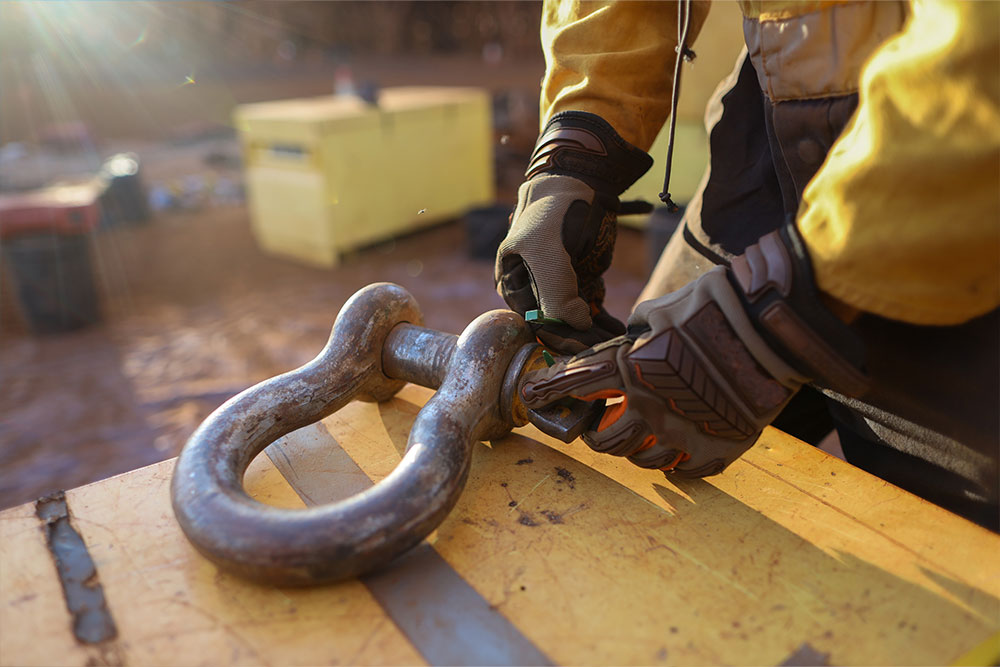
What Is the Difference Between LOLER and PUWER?
It’s easy to be confused about what equipment falls under LOLER and what is covered by the Provision and Use of Work Equipment Regulations 1998 (PUWER).
PUWER is a set of regulations that deal with the general use and maintenance of work equipment. PUWER provides guidelines for safely using workplace appliances, machinery, and equipment. The PUWER regulations aren’t as strict as the LOLER regulations and cover a broader range. LOLER only applies to lifting equipment.
How do You Comply with LOLER Regulations?
Complying with LOLER regulations requires a business owner or manager to have a trained competent person or competent persons on staff. Lifting equipment inspections and examinations must be undertaken regularly and the equipment must be kept in good working order.
Completing our LOLER training course will give you and your people the knowledge and skills to use lifting equipment safely.























































































































































































































































































